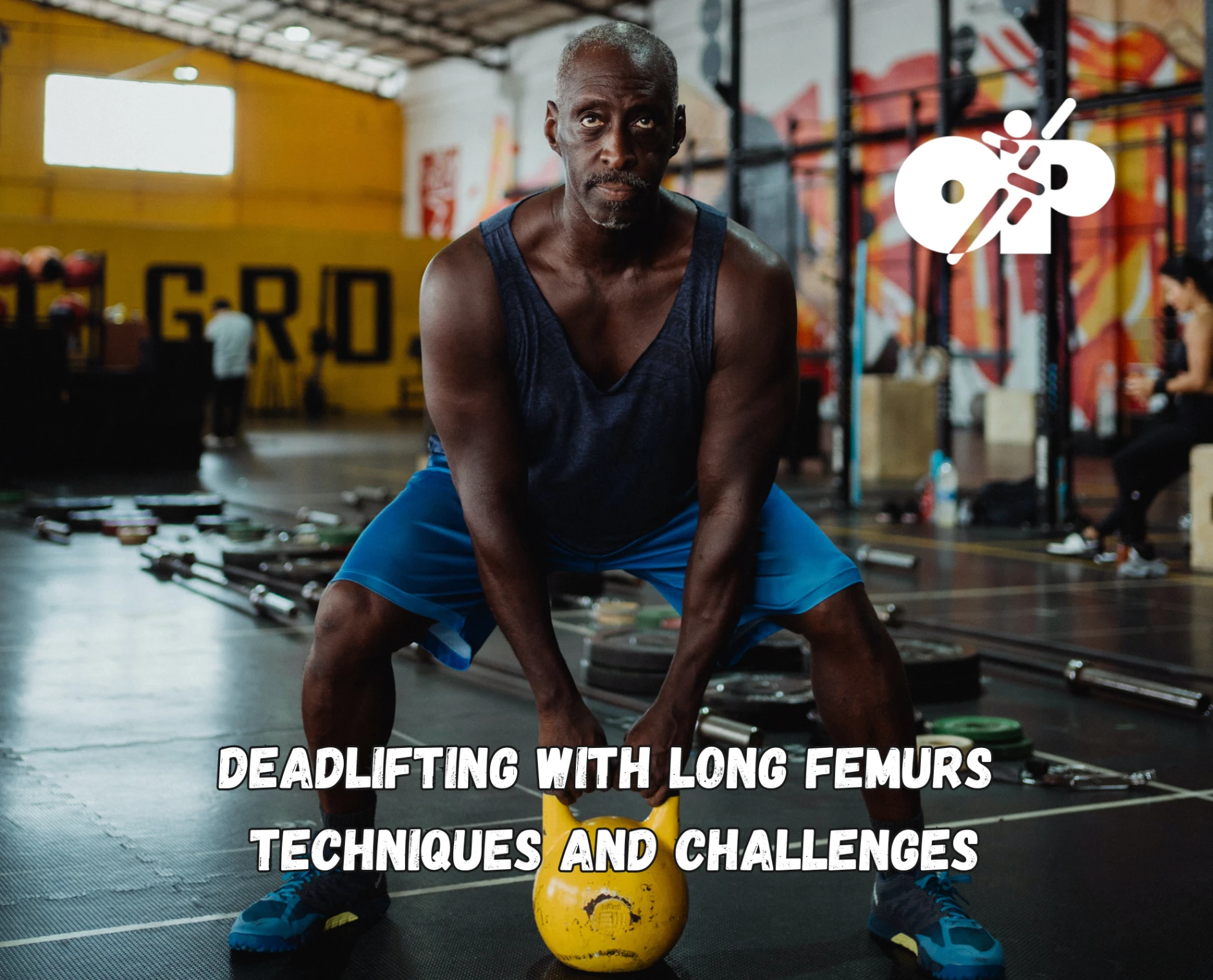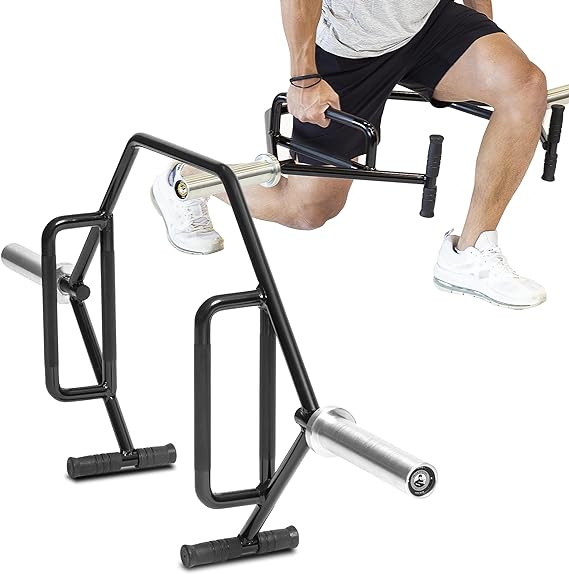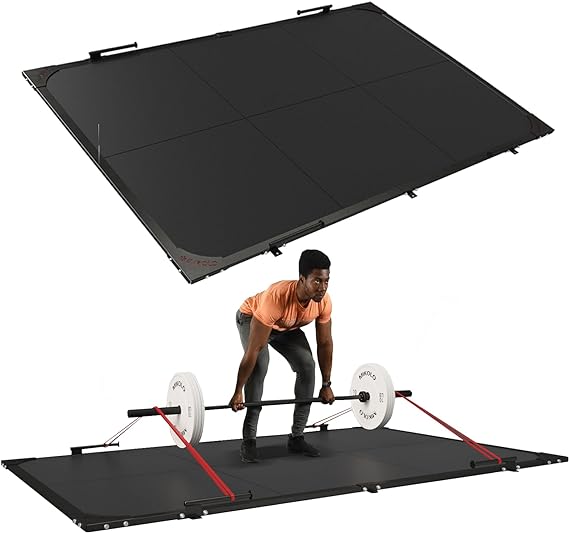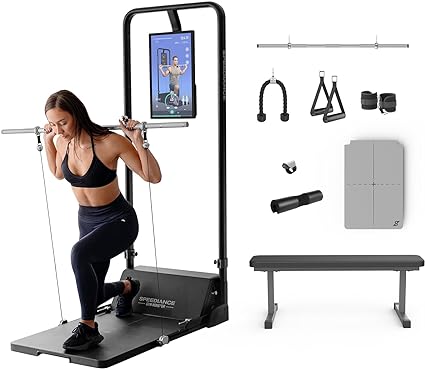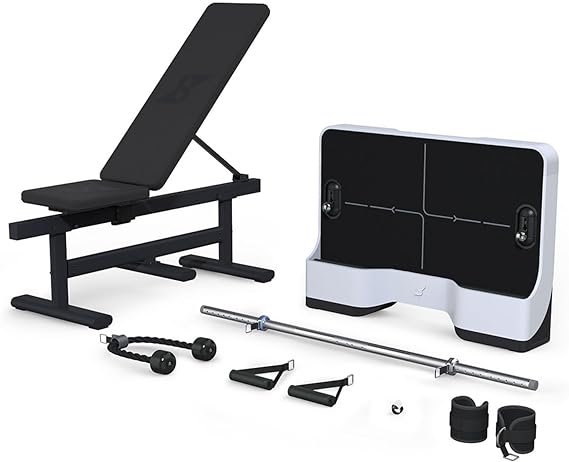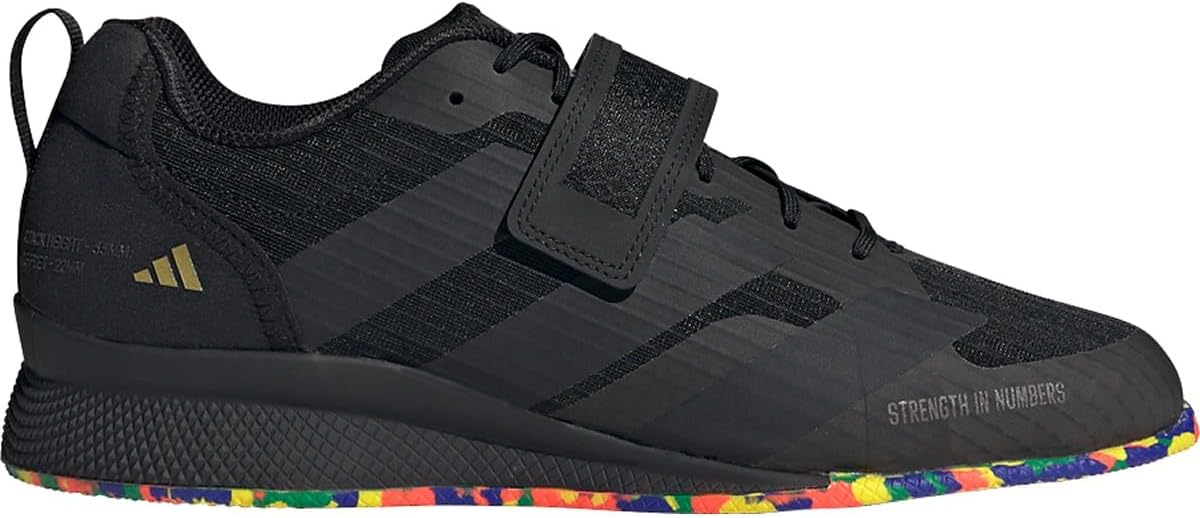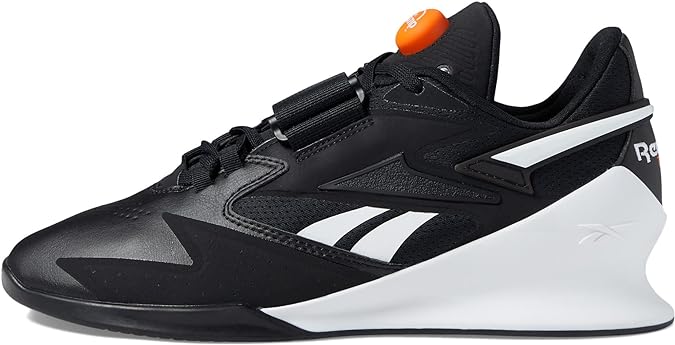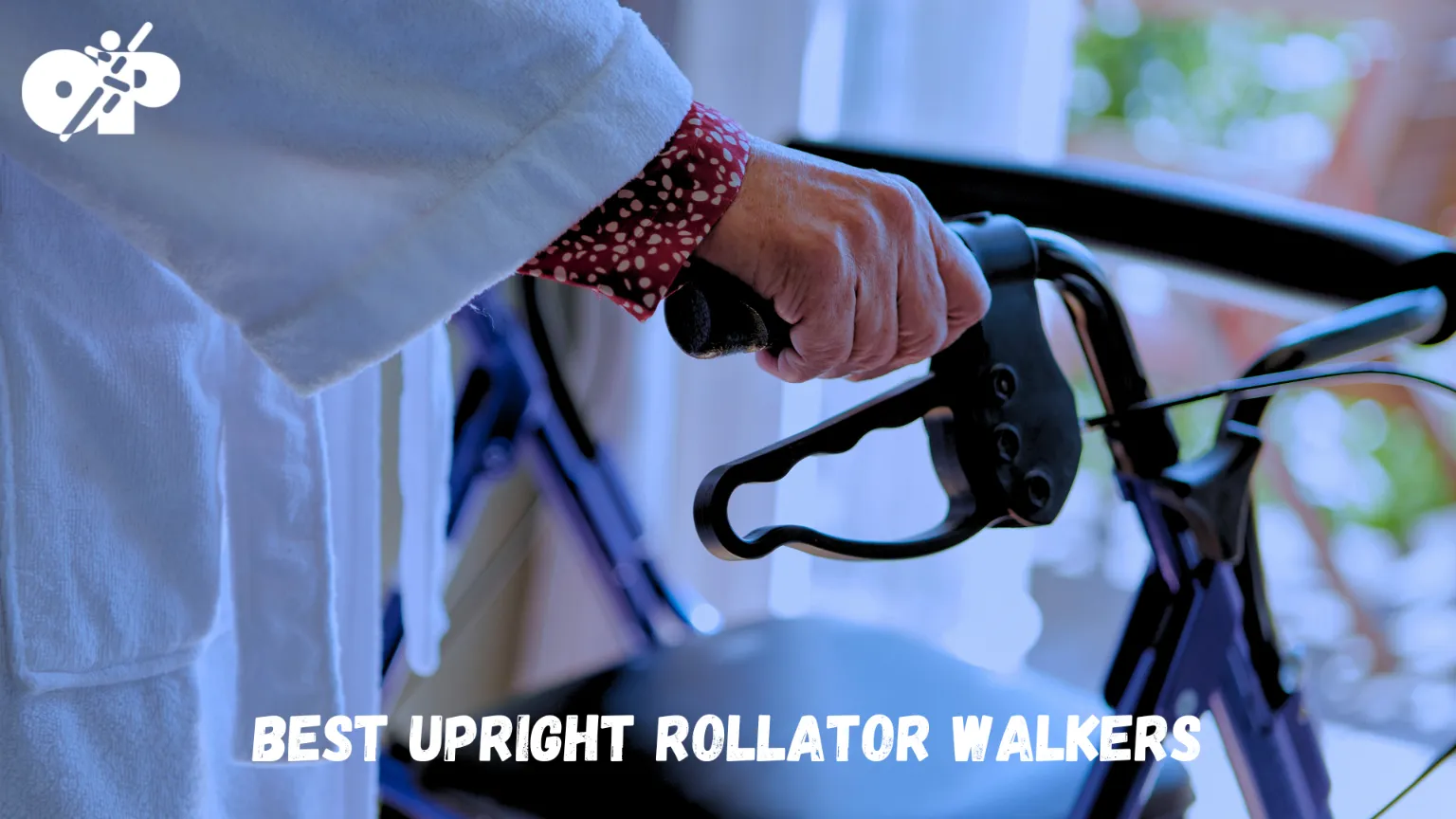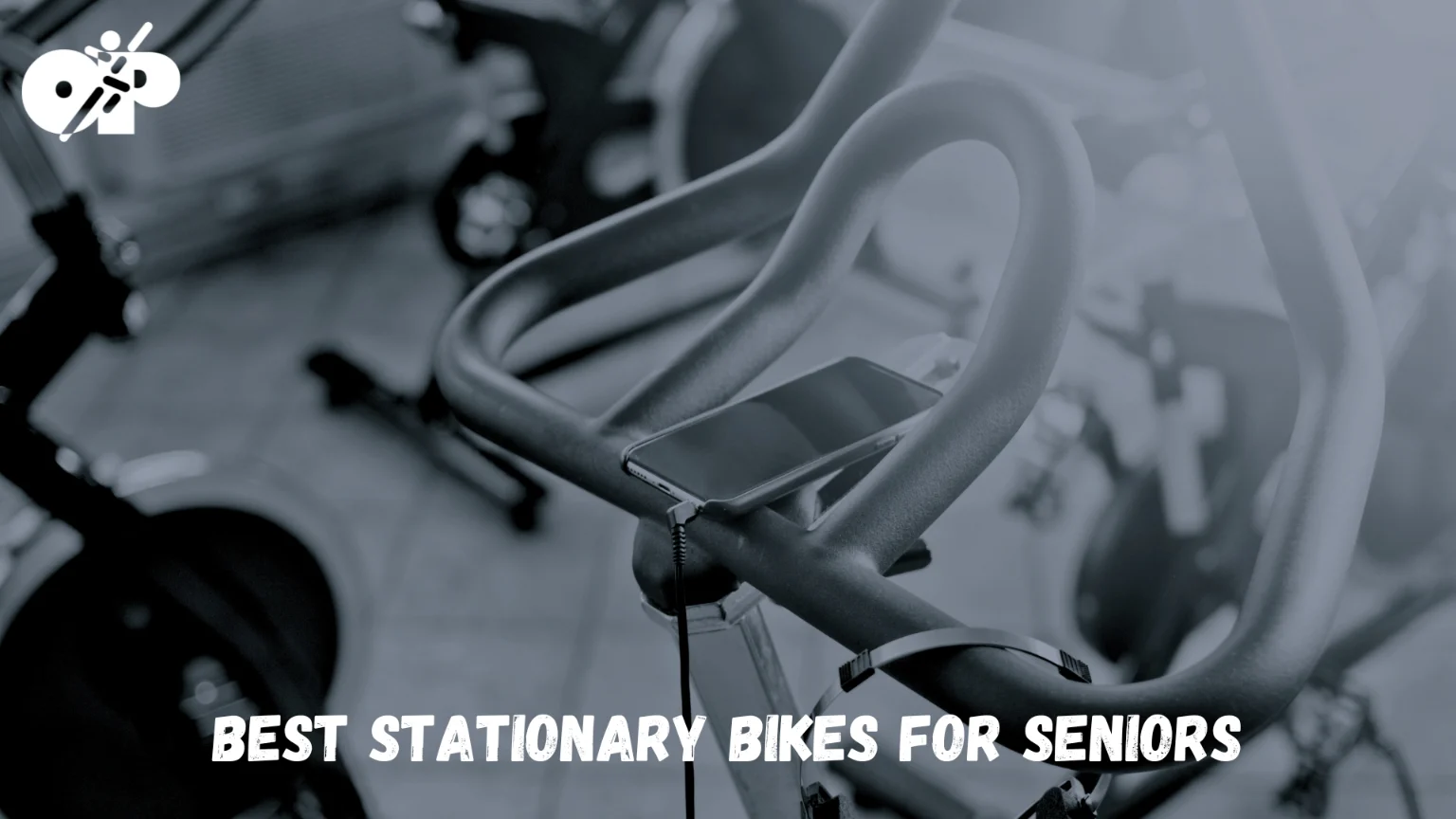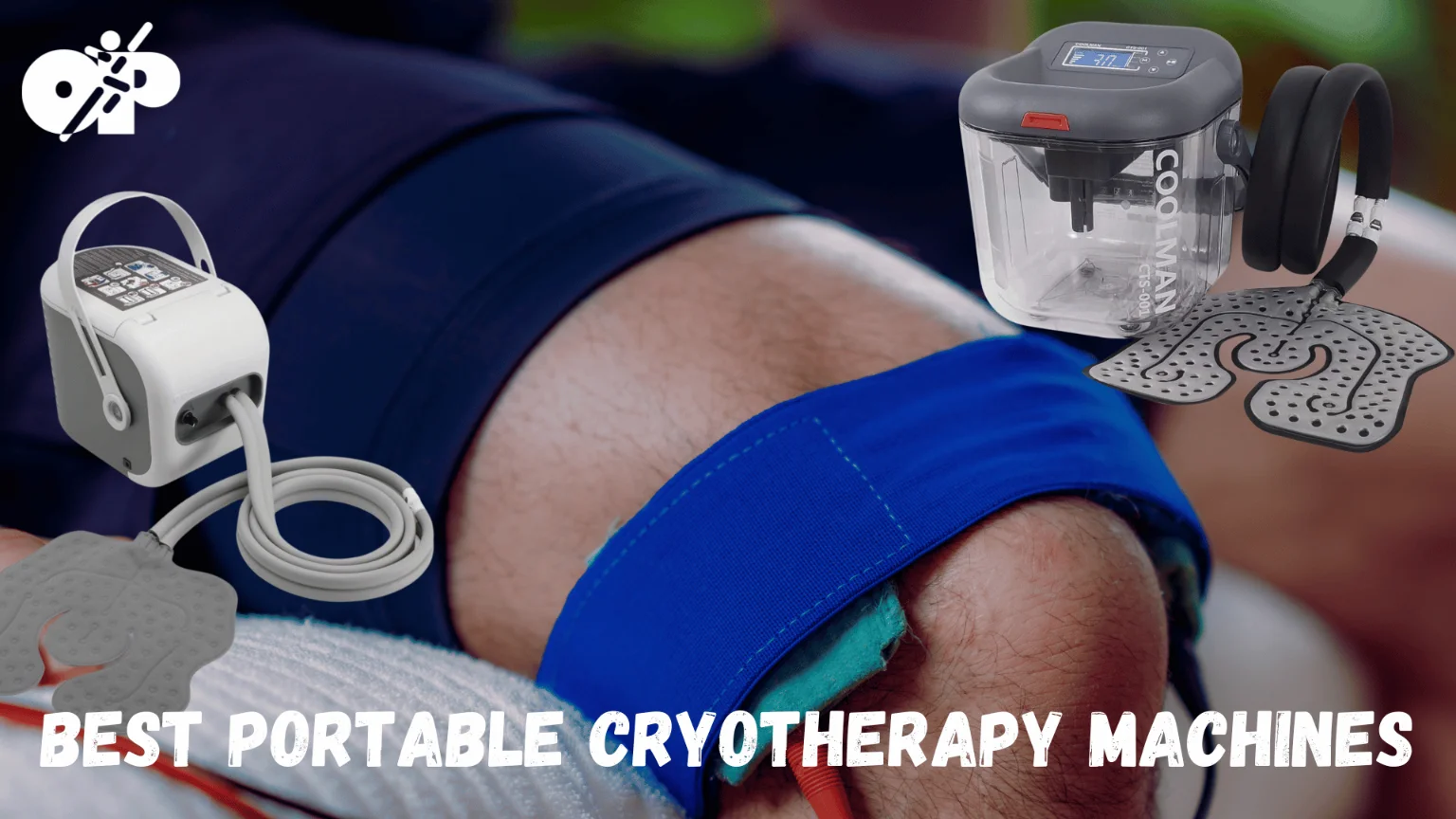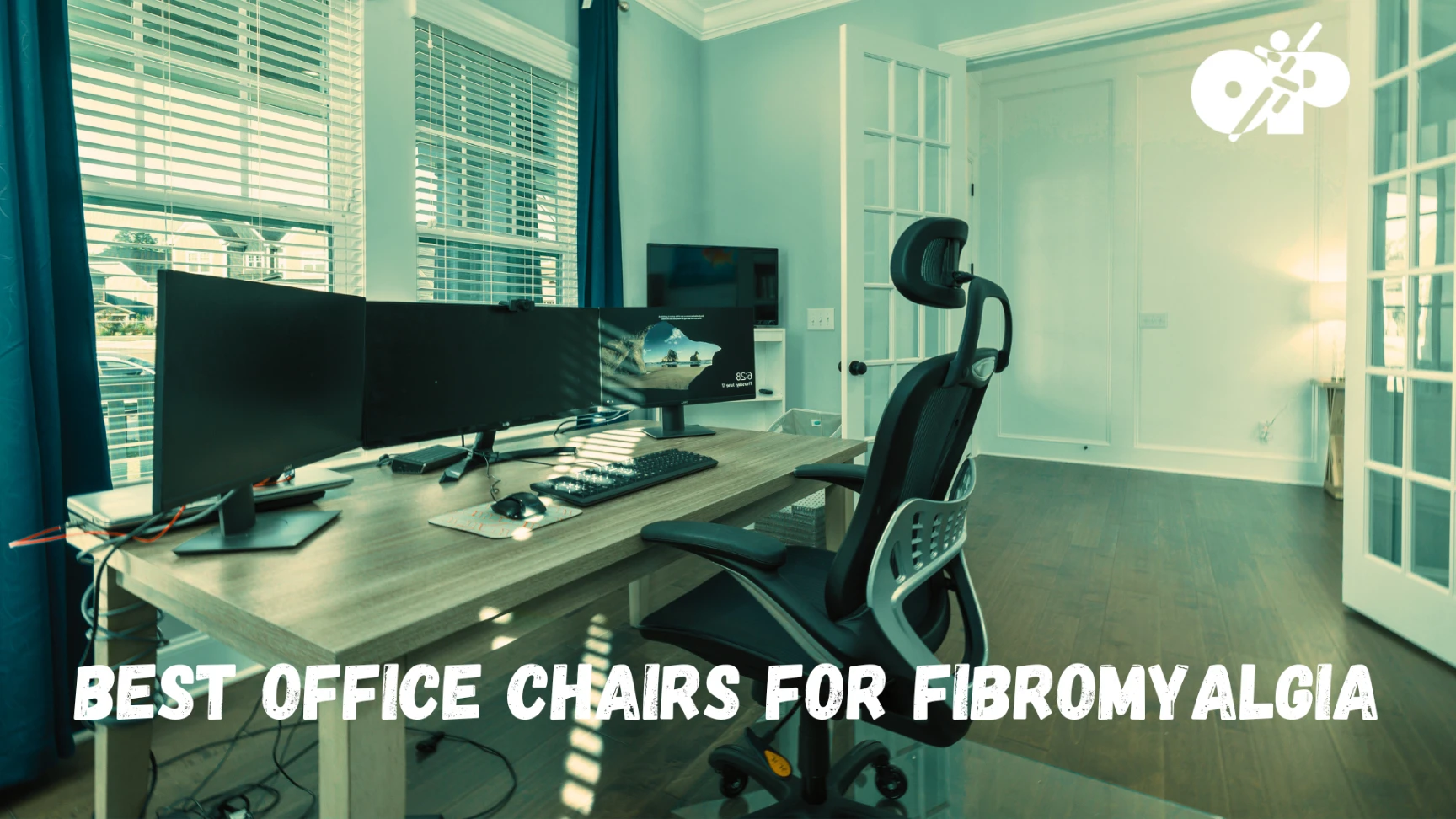Deadlifting is one of the most popular and foundational exercises in strength training and powerlifting. It involves lifting a loaded barbell off the ground to hip level and then lowering it back down. The movement recruits several major muscle groups, including the glutes, hamstrings, lower back, and core.
The femur, or thigh bone, plays a significant role in deadlifting. Its length relative to the individual’s overall body structure can greatly influence the mechanics of the lift. Some individuals have naturally longer femurs, which can lead to specific challenges and considerations when deadlifting.
This article aims to provide a comprehensive guide to deadlifting with long femurs. By exploring the anatomy, biomechanics, challenges, techniques, benefits, and considerations associated with this unique physical attribute, readers will gain insights into how to optimize their deadlift performance and minimize risks.
Anatomy and Biomechanics
Anatomy of the Femur
The femur, the longest and strongest bone in the human body, connects the hip to the knee. Its length relative to the rest of the leg and torso can vary significantly among individuals. A person with long femurs has a greater distance between the hip joint and knee joint, which can impact their lifting mechanics.
Femur Length and Proportions
Some people naturally have longer femurs relative to their torso and lower leg length. This disproportion often leads to a more acute angle at the hip during squatting and deadlifting motions, which can affect the optimal lifting posture.
Biomechanics of Deadlifting
Deadlifting is a complex movement involving several joints and muscles. Understanding how long femurs affect this lift requires a deep dive into biomechanics.
Hip and Knee Leverage
With long femurs, the lifter often has to lean forward more to reach the barbell. This increased lean can shift the weight and pressure onto the lower back, affecting the hip and knee leverage.
Bar Path
The ideal bar path in a deadlift is a straight vertical line. However, long femurs might cause the lifter to move the knees out of the way of the bar, leading to a non-linear bar path. This deviation can reduce lifting efficiency and increase the risk of injury.
Muscle Activation
The length of the femurs affects the angles at the hip and knee joints, thereby altering muscle activation patterns. Long femurs often lead to increased engagement of the back muscles and reduced activation of the leg muscles, which can affect the lifter’s strength and stability.
How Femur Length Influences Deadlifting
The influence of femur length on deadlifting is multifaceted
Stance Long femurs often require a wider stance or more forward lean. This adjustment aligns the body’s center of mass with the barbell but may feel unnatural or uncomfortable for some lifters.
Leverages Longer femurs change the leverage in the hips and knees, affecting the force distribution and balance. Lifters with long femurs may struggle to find the optimal position that minimizes strain on the lower back.
Risk of Injury Improper technique and posture stemming from long femur anatomy can lead to increased stress on the lumbar spine and knees, posing a greater risk of injury.
Adaptation Understanding one’s unique anatomy and how it influences the deadlift can lead to necessary adjustments in training and technique. Coaching and personalized training can be essential to navigate these individual biomechanical challenges.
Challenges of Deadlifting with Long Femurs
Common Issues
Increased Forward Lean
Individuals with long femurs often experience a greater forward lean in their deadlift. This adjustment accommodates the length of the femur but can cause excessive strain on the lower back.
Difficulty in Finding Optimal Stance
The traditional deadlift stances may not suit a person with long femurs. Finding the right width and foot position can be a challenging trial-and-error process.
Potential Quadriceps Underutilization
Due to the changes in biomechanics, those with long femurs might not activate their quadriceps as effectively, relying more on the back muscles, which might lead to an imbalance in muscle development and function.
Potential Injuries
Lower Back Strain
The increased forward lean and possible incorrect bar path can put extra pressure on the lumbar region of the spine, leading to potential strains or more serious injuries.
Knee Issues
The altered knee angle and possible need for a wider stance may lead to undue stress on the knee joint, resulting in discomfort or injury over time.
Shoulder and Upper Back Strain
The altered posture may cause the lifter to over-engage the shoulders and upper back, leading to possible strain in these areas as well.
Case Studies/Examples
Case Study 1
A novice lifter with long femurs who struggled with conventional deadlifts found success with the sumo deadlift variation, which allowed for a more upright torso and better leverage.
Case Study 2
An experienced power lifter with long femurs worked closely with a coach to make precise adjustments to their stance and bar path, reducing strain on their back and improving their overall performance.
Case Study 3
A recreational gym-goer with long femurs faced repeated lower back strains. Comprehensive biomechanical analysis and personalized training led to a tailored deadlift technique, reducing pain and enhancing strength.
Practical Insights
Self-awareness
Understanding one’s body and how femur length affects deadlifting is the first step in addressing these challenges.
Seek Professional Guidance
A knowledgeable coach or physical therapist can assess the lifter’s specific mechanics and guide in developing an individualized approach.
Be Patient and Experiment
Finding the optimal stance and technique might require time, experimentation, and gradual adjustments.
Preventative Measures
Implementing warm-ups, stretches, and strengthening exercises that target the areas most affected by long femurs can mitigate potential injury risks.
Techniques and Strategies
Adjustments to Stance
Conventional vs. Sumo
Those with long femurs might find the sumo stance more comfortable, as it allows for a more upright torso. Experimenting with both conventional and sumo stances can help find the best fit.
Sumo Stance
The feet are set wider apart, and hands are placed inside the legs, allowing for a more upright posture.
Conventional Stance
Feet are closer together, and hands are outside the legs. Some long-femur lifters might still prefer this with modifications to foot angle or width.
Foot Angle and Position
The angle of the feet and their position relative to the barbell can be adjusted to accommodate long femurs. Slight external rotation of the feet and aligning the barbell over the mid-foot can help in finding the right position.
Hip Hinge Technique
Mastering the hip hinge, a movement where the bending occurs at the hips and not the lower back, can alleviate many problems associated with long femurs.
Use of Equipment
Weightlifting Shoes
Specially designed shoes with elevated heels can help in adjusting the angles at the ankle and knee, compensating for the biomechanical differences caused by long femurs.
Belt
Utilizing a lifting belt can provide additional support to the lower back, helping in maintaining proper alignment and reducing strain.
Blocks or Plates
Elevating the barbell on blocks or weight plates can reduce the need to lean forward, enabling a more vertical bar path.
Recommended Equipment for Deadlifting
Here are some of the most recommended equipment that you can easily place at your home, if you want to fulfill your dream of deadlifting with long femurs.
Proper Form and Technique
Initiation
The setup is critical. Ensure that the shoulders are slightly in front of the bar, and the hips are neither too high nor too low. For long-femur lifters, the hip position may be higher than what is commonly taught.
Engagement
Activate the lats and core before initiating the pull, creating tension through the body. This engagement helps maintain a neutral spine despite the increased forward lean.
Pulling Phase
Focus on driving through the heels, keeping the bar close to the body. A mental cue of “pushing the floor away” rather than “pulling the bar” may aid in proper muscle activation.
Lockout
Fully extend the hips and knees at the top without hyperextending the back. The lockout should feel like a natural conclusion to the lift, not a forced overextension.
Descent
Control the bar on the way down, mirroring the ascent path. This control is vital in maintaining form and reducing strain on the back.
Video Analysis
Recording lifts and analyzing them (possibly with a coach) can provide invaluable insights into form and areas for improvement.
Tailoring to Individual Needs
Individual Assessment A detailed assessment with a fitness professional can identify specific areas that need attention and provide personalized techniques.
Progressive Overload Gradually increasing the complexity, weight, or volume of training, tailored to the lifter’s biomechanics, ensures progress without unnecessary risk.
Regular Check-ins Regular consultations with a coach or physiotherapist can help in continuously refining the technique, adapting to changes, and addressing any emerging issues promptly.
Benefits and Considerations
Advantages of Long Femurs in Deadlifting
Potential for Greater Leverage
While long femurs present challenges, they can also provide greater leverage in certain positions. Understanding how to harness this advantage requires personalized technique adjustments.
Development of Strong Back Muscles
The biomechanics of deadlifting with long femurs often lead to significant engagement of the back muscles, potentially leading to enhanced development in these areas.
Unique Adaptation and Strength Gains
Working with long femurs requires a specialized approach, but mastery of this can lead to a unique set of strengths and adaptations that might not be developed otherwise.
Special Considerations
Mobility Requirements
Individuals with long femurs may need to pay extra attention to mobility, particularly in the hips and ankles, to achieve optimal deadlifting positions.
Incorporation of Accessory Exercises
Including targeted exercises that strengthen the quads, glutes, and core can complement the deadlifting routine and address potential imbalances.
Mental Aspect
Accepting and working with one’s unique biomechanics may require a mental shift. It involves embracing the process, being patient, and avoiding comparison with others whose body structures differ.
Long-Term Health Considerations
Ensuring that the techniques used do not put undue stress on the back, knees, or other joints is vital for long-term health and sustainability in lifting.
Personalized Approach
Individualized Programming
A training program specifically tailored to the lifter’s anatomy, goals, and limitations can facilitate optimal progress and minimize injury risk.
Feedback and Adjustment
Regular feedback, either self-assessment through video analysis or professional guidance, allows for ongoing adjustments and continuous improvement.
Nutrition and Recovery
Attention to diet and recovery practices, including proper sleep, stretching, and possibly massage or physiotherapy, supports the unique demands of deadlifting with long femurs.
Community and Support
Finding a community or support system that understands the unique challenges and celebrates the successes can foster a positive and encouraging training environment.
Myths and Misconceptions
Myth 1 Long Femurs Make Deadlifting Impossible
Truth While long femurs present unique challenges, with proper training and technique adjustments, individuals can achieve successful deadlifts. It’s about finding what works best for the individual rather than conforming to a “one-size-fits-all” approach.
Myth 2 Long Femurs Always Lead to Back Injuries
Truth While improper technique can lead to back strain, understanding one’s body and following individualized training protocols can greatly reduce the risk of injury.
Myth 3 Sumo Deadlift is the Only Option for Long-Femur Lifters
Truth While many with long femurs may prefer the sumo stance, some may find success with conventional or modified conventional stances. Experimentation under professional guidance can lead to the best personalized approach.
Myth 4 Long Femurs Provide a Natural Advantage
Truth Long femurs might provide leverage in some lifts but can be a challenge in others. Recognizing and working with one’s unique biomechanics is more important than assuming a natural advantage or disadvantage.
Myth 5 Special Equipment is Always Required
Truth While specialized equipment like lifting shoes or belts may help some, others might find success without them. Equipment decisions should be based on personal need and comfort rather than general assumptions.
Myth 6 It’s All About the Physical Approach
Truth Mental resilience, patience, and a positive mindset play a crucial role in success. Embracing one’s unique body structure and enjoying the process is equally important as the physical techniques.
Long Femurs Deadlifting – Conclusion
Deadlifting with long femurs presents a unique set of challenges and considerations that require a specialized approach to training, technique, and mindset. While the path may seem fraught with difficulties, it also offers opportunities for unique strength development and mastery of one’s body.
From understanding the biomechanics and potential risks to exploring various techniques and embracing a personalized and holistic approach, this comprehensive guide offers insights and strategies for those navigating the deadlifting journey with long femurs.
Investing in self-awareness, professional guidance, individualized programming, and a supportive community can turn what might initially seem like a disadvantage into a path toward greater strength, resilience, and personal growth.
With patience, dedication, and an open mind, deadlifting with long femurs is not only feasible but can be a rewarding and empowering pursuit.

